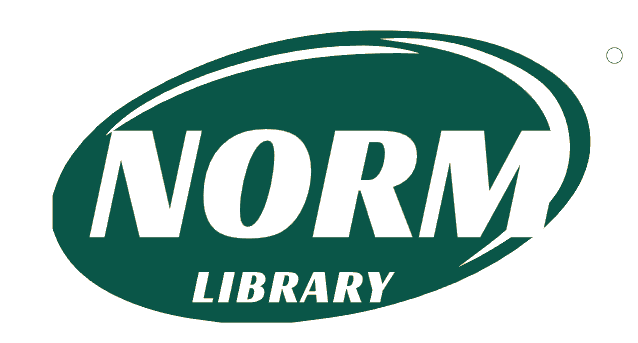
ASTM E854-03
Original price was: $67.00.$40.00Current price is: $40.00.
Standard Test Method for Application and Analysis of Solid State Track Recorder (SSTR) Monitors for Reactor Surveillance, E706(IIIB)
standard by ASTM International, 02/10/2003
1.1 This test method describes the use of solid-state track recorders (SSTR) for neutron dosimetry in light-water reactor (LWR) applications. These applications extend from low neutron fluence to high neutron fluence, including high power pressure vessel surveillance and test reactor irradiations as well as low power benchmark field measurement. (1) This test method replaces Method E418. This test method is more detailed and special attention is given to the use of state-of-the-art manual and automated track counting methods to attain high absolute accuracies. In-situ dosimetry in actual high fluence-high temperature LWR environs is emphasized.
1.2 This test method includes SSTR analysis by both manual and automated methods. To attain a desired accuracy, the track scanning method selected places limits on the allowable track density. Typically good results are obtained in the range of 5 to 500 000 tracks/cm and accurate results at higher track densities have been demonstrated for some cases. (2) Track density and other factors place limits on the applicability of the SSTR method at high fluences. Special care must be exerted when measuring neutron fluences (E>1MeV) above 10 n/cm.
1.3 High fluence limitations exist. These limitations are discussed in detail in Section 13 and in references (3-5). 1.4 SSTR observations provide time-integrated reaction rates. Therefore, SSTR are truly passive-fluence detectors. They provide permanent records of dosimetry experiments without the need for time-dependent corrections, such as decay factors that arise with radiometric monitors.
1.5 Since SSTR provide a spatial record of the time-integrated reaction rate at a microscopic level, they can be used for “fine-structure” measurements. For example, spatial distributions of isotopic fission rates can be obtained at very high resolution with SSTR.
1.6 This standard does not purport to address the safety problems associated with its use. It is the responsibility of the user of this standard to establish appropriate safety and health practices and determine the applicability of regulatory limitations prior to use.
Product Details
- Published:
- 02/10/2003
- Number of Pages:
- 16
- File Size:
- 1 file , 180 KB
- Redline File Size:
- 2 files , 320 KB
- Note:
- This product is unavailable in Russia, Ukraine, Belarus



